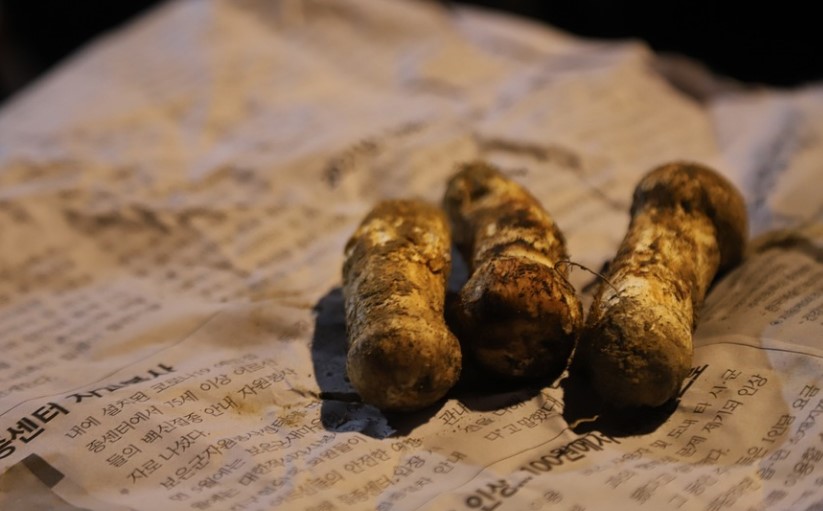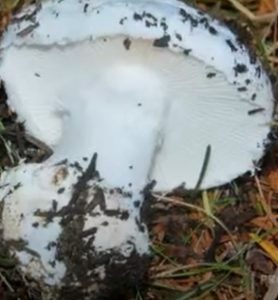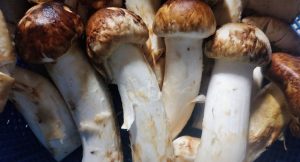
If you’re into foraging wild mushrooms, it’s essential to know the differences between various species to avoid poisoning yourself. In this article, we’ll explore the differences between Amanita smithiana and Matsutake, two mushrooms that look similar but have vastly different properties. By the end of this article, you’ll have a clear understanding of what distinguishes these two mushrooms and how to identify them.
Amanita Smithiana
Amanita smithiana is a poisonous mushroom that’s native to the west coast of North America. It’s a medium to large white mushroom that can be mistaken for the edible matsutake, which also grows in the same habitat. One of the significant differences between the two is that Amanita smithiana has a covering of thin, soft universal veil powder on its cap, which makes it distinguishable from all but its closest look-alikes in dry weather. However, in rainy conditions, the veil material can wash away, making it hard to differentiate from the matsutake mushroom.
Amanita smithiana is known for its bleach-like odor, which distinguishes it from the distinctive smell of old gym socks and cinnamon redhots of matsutake. However, not all people can distinguish these odors. The mushroom is seriously toxic and can cause delayed kidney failure if ingested. It’s essential to note that Amanita smithiana has many close look-alikes, making it even more critical to be cautious when foraging for wild mushrooms.
Matsutake
Matsutake is a highly sought-after edible mushroom that’s native to Asia and North America. It has a reddish-brown cap that’s covered with small, white, and easily removable scales. The mushroom is known for its distinctive smell of old gym socks and cinnamon redhots, which is a unique feature that sets it apart from Amanita smithiana.
One of the primary distinguishing factors between the matsutake and Amanita smithiana is that the former has an underground fruiting body, while the latter grows above ground. The matsutake mushroom has a mycorrhizal relationship with trees, which means it grows in association with the roots of certain trees, including pine, fir, and spruce. This feature also makes it challenging to cultivate, making it one of the most expensive mushrooms globally.
Also, read:
- Difference Between Lentinellus Ursinus and Oyster Mushroom
- Difference Between Angel Wing And Oyster Mushrooms
- Difference Between Shiitake Mushroom vs Cremini
Conclusion
In summary, Amanita smithiana and matsutake are two mushrooms that look similar but have vastly different properties. Amanita smithiana is a poisonous mushroom that’s native to the west coast of North America and can cause delayed kidney failure if ingested. It has a thin, soft universal veil powder on its cap, which distinguishes it from other mushrooms in dry weather. Matsutake, on the other hand, is an edible mushroom that has a unique smell and an underground fruiting body. It’s highly sought-after and can be quite expensive due to its scarcity and difficulty in cultivation.











